Spot treatments don’t work if the larger problem is left unchecked
by Mike Spies — The Trace
Imagine the United States is an apartment building with a cockroach problem. Some residents, unsettled by the creatures, hire exterminators to end the infestation in their units. Others, however, are ideologically opposed to pesticides, and refuse to take action. In the near-term, a portion of the roaches die off, but in the untreated parts of the building, the colonies multiply. One morning, the guy who paid the exterminator $200 wakes up with a roach on his forehead, and sees several more crawling along the baseboards of his bedroom.
“That’s pretty much how it works” with illegal trafficked guns, says Kevin O’Keefe, the chief of the violent crime and intelligence division for the Bureau of Alcohol, Tobacco, Firearms and Explosives (ATF). “The roach metaphor is apt,” he explains, because of the way that states and cities with restrictive firearms laws — jurisdictions that take steps to root out gun violence — are undermined by the flow of weapons from places with less gun regulation. Maps included in the ATF’s most recent report on crime-gun trace data vividly illustrate the pattern.
Gun-rights advocates often challenge the efficacy of firearms restrictions by pointing to, say, Chicago, Illinois, which has both intensely prohibitive laws and an exorbitantly high rate of gun violence. But it’s not that the locals laws don’t work, O’Keefe says. It’s that gun laws in general are far less effective when they’re uneven. Chicago is less than an hour from Indiana, which, with its loose regulations, supplies the city with a great deal of firepower. The roaches, in other words, are simply coming in from another part of the building.
Here’s the New York map from the ATF’s 2014 report on gun traces:
The most famous trafficking route in the United States is called the “Iron Pipeline,” which runs along I-95, between Florida and New England — the southern states provide weapons to the northern states.
But there are other, newer corridors that have opened up in recent years, frustrating attempts to control the illegal distribution of firearms, and ultimately leading to more shootings. I-75, which runs parallel to I-95, funnels guns into Detroit from Ohio, Kentucky, and Tennessee.
The ATF has also detected new patterns on the East Coast. Northeast Pennsylvania, according to O’Keefe, now supplies weapons to New York City. “Lots of social and cultural ties between those two areas,” he says. And both Maine and New Hampshire have been sending guns into Boston, Massachusetts — a kind of Iron Pipeline reversal. Portland, Maine, is about two hours away, just 108 miles along I-95.
“When it comes to laws, we’re always looking for consistency,” O’Keefe says. Without it, as any exterminator would tell you, there’s only so much relief that can be provided by local solutions.
Mike Spies (@mikespiesnyc) is a staff writer at The Trace.

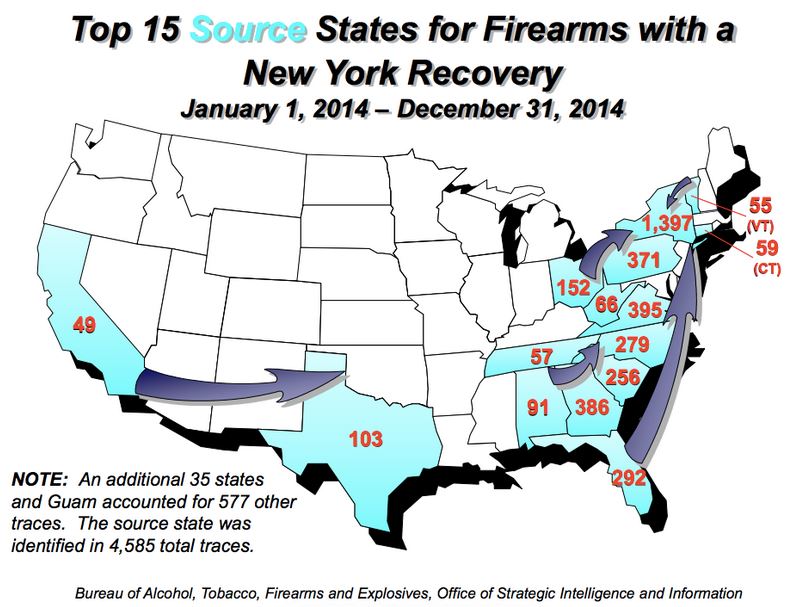


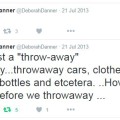
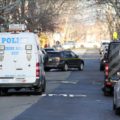
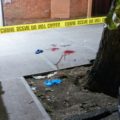







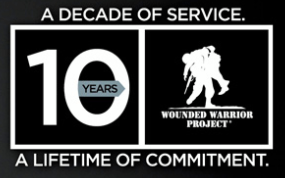
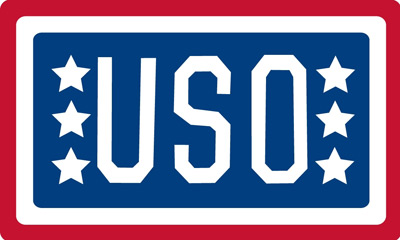


Follow Us